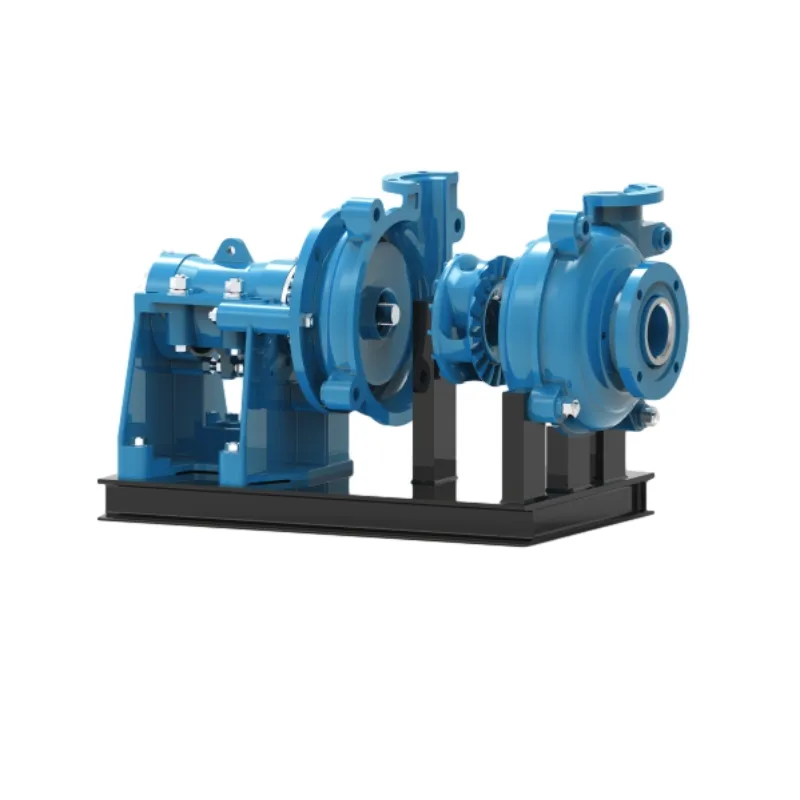-
 support@minemaxx.com
support@minemaxx.com
-
 0086-311-87833311
0086-311-87833311
 NO.8 JIHENG STREET,QIAOXI DISTRICT,SHIJIAZHUANG,HEBEI,CHINA
NO.8 JIHENG STREET,QIAOXI DISTRICT,SHIJIAZHUANG,HEBEI,CHINA
Steps for Properly Installing a Bearing on a Shaft
How to Assemble a Bearing on a Shaft
Assembling a bearing onto a shaft is a critical task in mechanical engineering and maintenance that ensures the smooth operation of various machines and equipment. Whether you are working on automotive applications, industrial machinery, or even small hobby projects, understanding the proper procedure for bearing assembly is essential for reliability and performance. This article outlines the steps involved in assembling a bearing on a shaft, highlighting key considerations to guarantee a successful installation.
Understanding the Components
Before diving into the assembly process, it’s important to familiarize yourself with the components involved. A bearing is composed of an inner and outer ring, rolling elements (balls or rollers), and often a cage that keeps the rolling elements evenly spaced. The shaft is the rotating element that the bearing will support. Bearings can come in various types, such as ball bearings, roller bearings, and tapered roller bearings, each suited for different applications and load conditions.
Preparation
1. Gather Tools and Materials To start, you will need various tools such as a clean workspace, a bearing press or hydraulic press, shaft measuring tools (like calipers), and possibly heat for expanding the bearing. Make sure to have the correct bearing and shaft sizes matched according to your specifications.
2. Inspect Components Before assembly, inspect the shaft and bearing for any signs of damage or wear. Clean both the shaft and bearing thoroughly, removing any dirt, grease, or contaminants. Contamination can lead to bearing failure, so cleanliness is crucial.
3. Verify Dimensions Use calipers to confirm that the dimensions of the shaft and bearing match the specifications. The inner diameter of the bearing should match the outer diameter of the shaft for proper fit.
Assembly Process
1. Heating the Bearing If the assembly involves a tight fit, consider preheating the bearing. This can be done by placing it in an oven or using a bearing heater. Heating expands the bearing, making it easier to slide onto the shaft. Ensure the temperature does not exceed the manufacturer's recommended limits, as excessive heat can compromise bearing material.
how to assemble bearing on shaft

2. Insert the Bearing Once the bearing is heated and the shaft is clean, align the bearing with the shaft. Apply lubricant to the shaft and inner surface of the bearing if required, as this can facilitate smoother insertion and reduce wear during initial operation.
3. Press the Bearing Onto the Shaft Using a bearing press or a similar tool, gently press the bearing onto the shaft. Ensure that the force is applied evenly to avoid any deformation. If you do not have a press, you can gently tap the bearing into place using a soft-faced hammer, but caution should be exercised to prevent damage.
4. Check for Proper Seating Once the bearing is on the shaft, verify that it is seated correctly. The bearing should sit flush against any shoulder on the shaft, with no gaps. Any misalignment can lead to premature failure, so it's important to check that the installation is perfect.
5. Install Retaining Components After the bearing is properly assembled, install any retaining rings or snap rings to secure the bearing in place. This step is often overlooked, but it is essential for preventing axial movement of the bearing during operation.
Final Considerations
1. Lubrication Depending on the type of bearing, lubricate it according to the manufacturer's guidelines. Adequate lubrication is vital for reducing friction and heat, thus prolonging the life of the bearing.
2. Testing After assembly, conduct a test run of the assembly if applicable. Listen for any abnormal noises and look out for vibrations that could indicate improper installation.
3. Documentation Keep detailed records of the assembly process, including any measurements and the lubrication applied. This documentation can be invaluable for future maintenance or troubleshooting.
Conclusion
Assembling a bearing on a shaft requires careful preparation, attention to detail, and adherence to proper procedures. With the right tools and methods, you can ensure a successful installation that enhances the performance and lifespan of your machinery. Following these steps will not only promote efficiency but also prevent costly breakdowns and repairs in the long run. Whether you are a professional technician or a DIY enthusiast, mastering the art of bearing assembly will serve you well in your mechanical endeavors.
-
Wet Parts for Optimal PerformanceNewsOct.10,2024
-
Vertical Pump Centrifugal SolutionsNewsOct.10,2024
-
Top Slurry Pump ManufacturersNewsOct.10,2024
-
The Ultimate Guide to Centrifugal Pump for SlurryNewsOct.10,2024
-
Pump Bearing Types for Optimal PerformanceNewsOct.10,2024
-
A Guide to Top Slurry Pump SuppliersNewsOct.10,2024
-
Slurry Pump Parts for Optimal PerformanceNewsSep.25,2024

